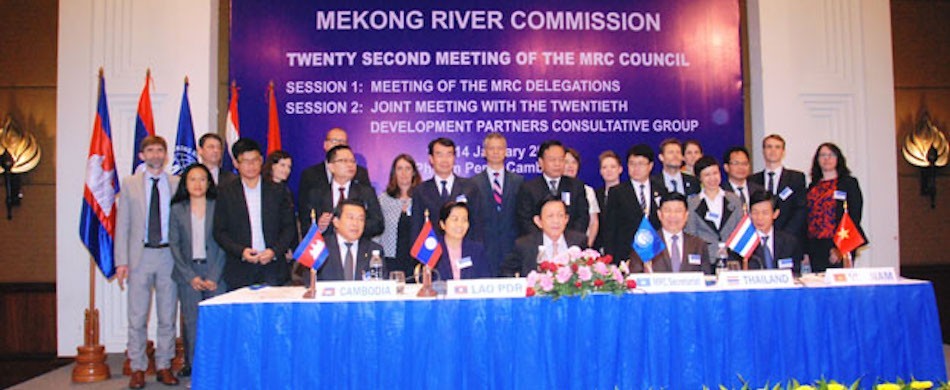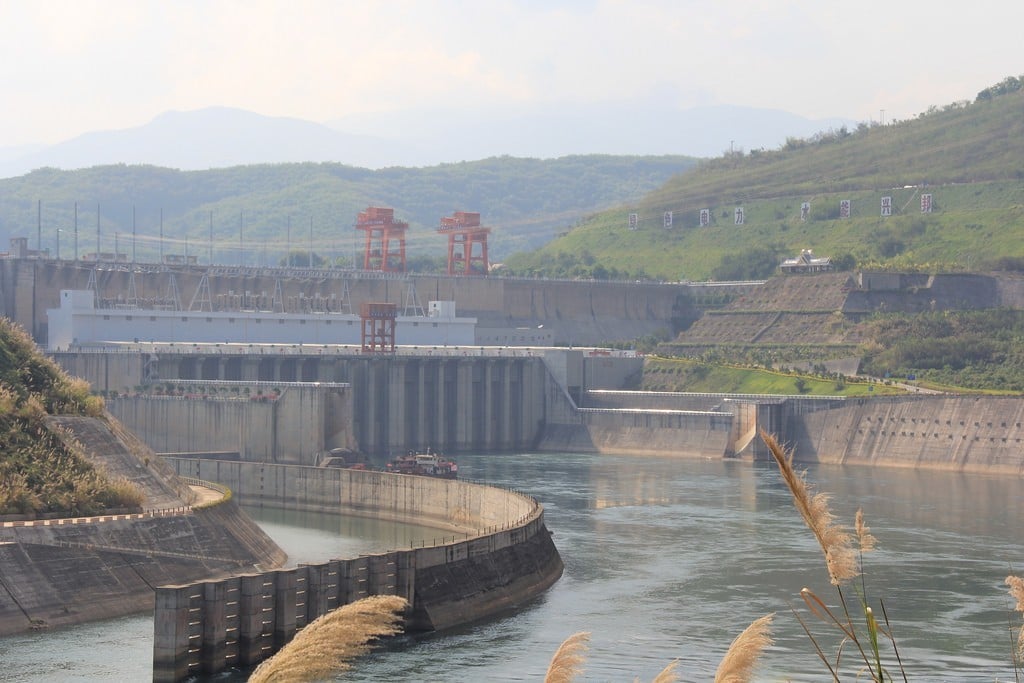Dams and water diversion projects along the Mekong River threaten to overwhelm an ecosystem that supports 60 million people and thousands of species, according to a consensus of scientists, NGOs and governments. But amidst this pending crisis, the main mechanism set up to protect the river is becoming all but irrelevant.
The Mekong now needs more protection than ever, experts say, but the Mekong River Commission (MRC) – an international body that manages Mekong development and water resource use – has been steadily losing power for years, say current and former employees who spoke on condition of anonymity.








